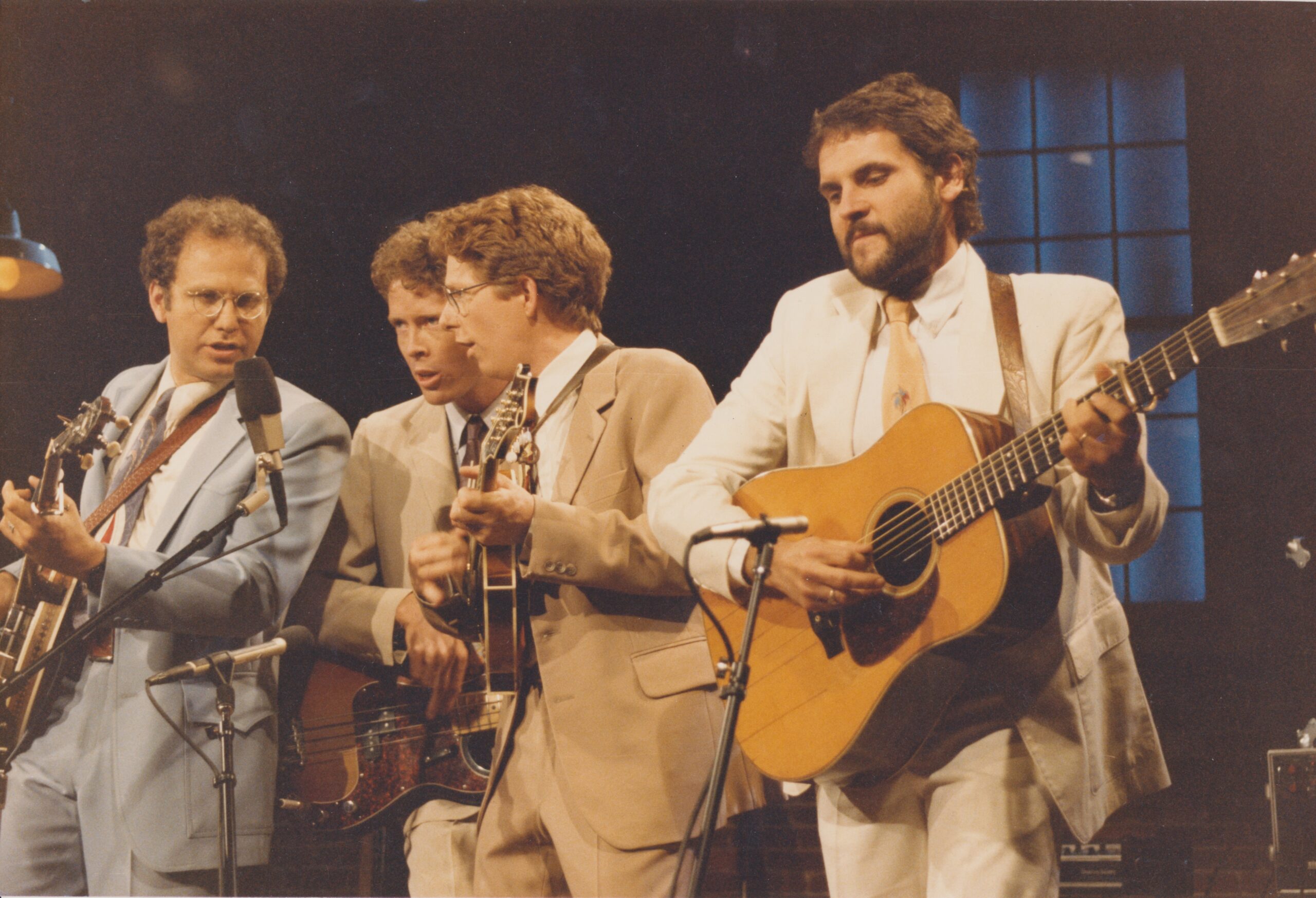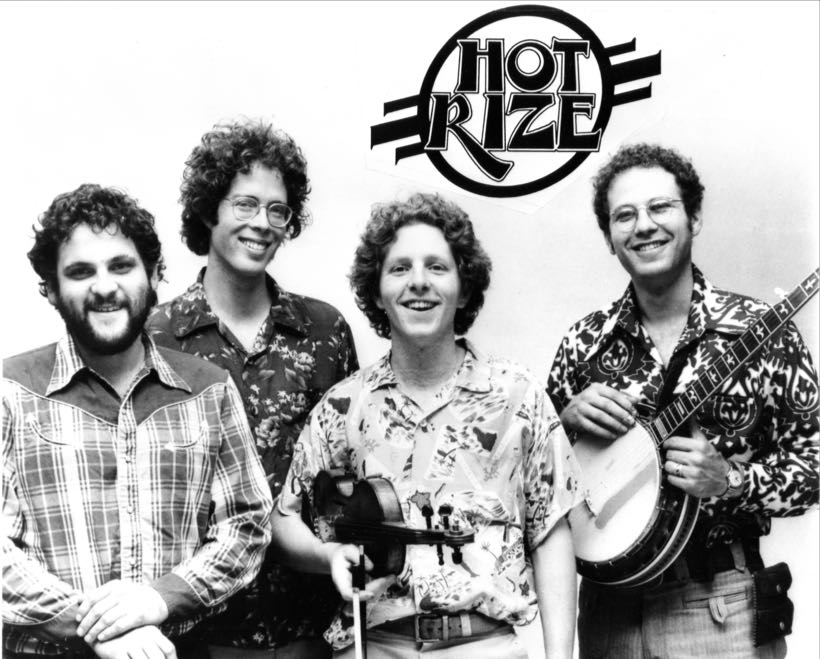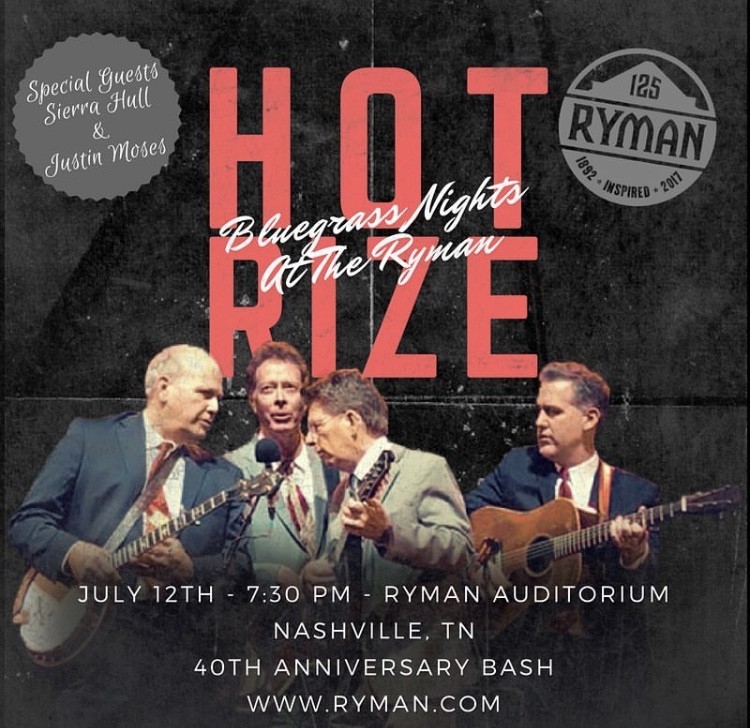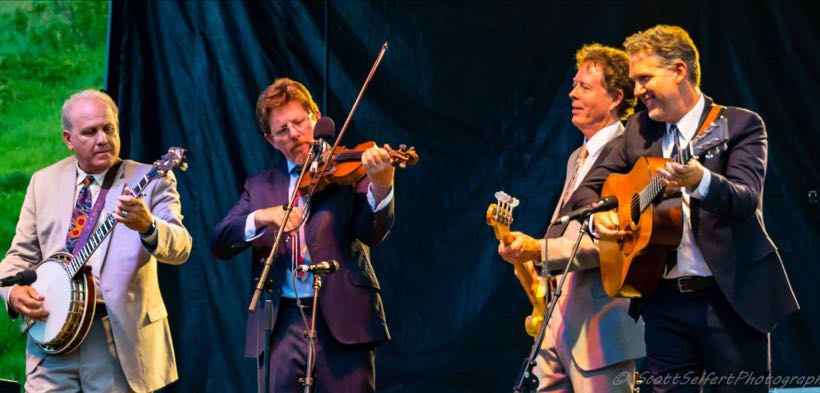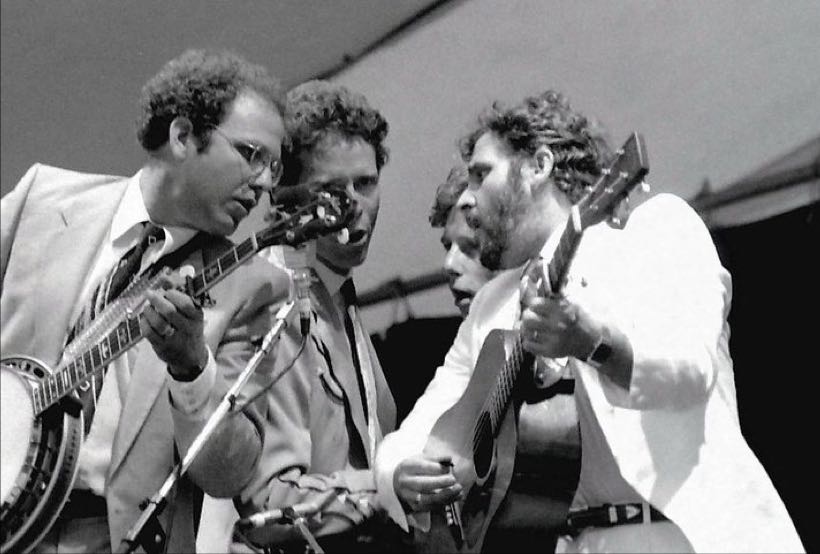Hot Rize is a supergroup in reverse
Most bands upon which this title is bequeathed consist of performers who come together in a new configuration after gaining fame in other contexts — the musical equivalent of “Avengers, assemble!” In contrast, Hot Rize’s members largely rose to prominence in the group before leaving, scoring successes outside it, then returning to the fold as conquering heroes.
Pete Wernick, whose nickname, Dr. Banjo, is both cheeky and accurate, is the central figure behind Hot Rize’s creation mythology. In the 1960s, long before penning the seminal guidebook Bluegrass Banjo, he earned a Ph.D in sociology at Columbia University while playing in local combos and hosting greater New York’s only bluegrass radio show of the era.

